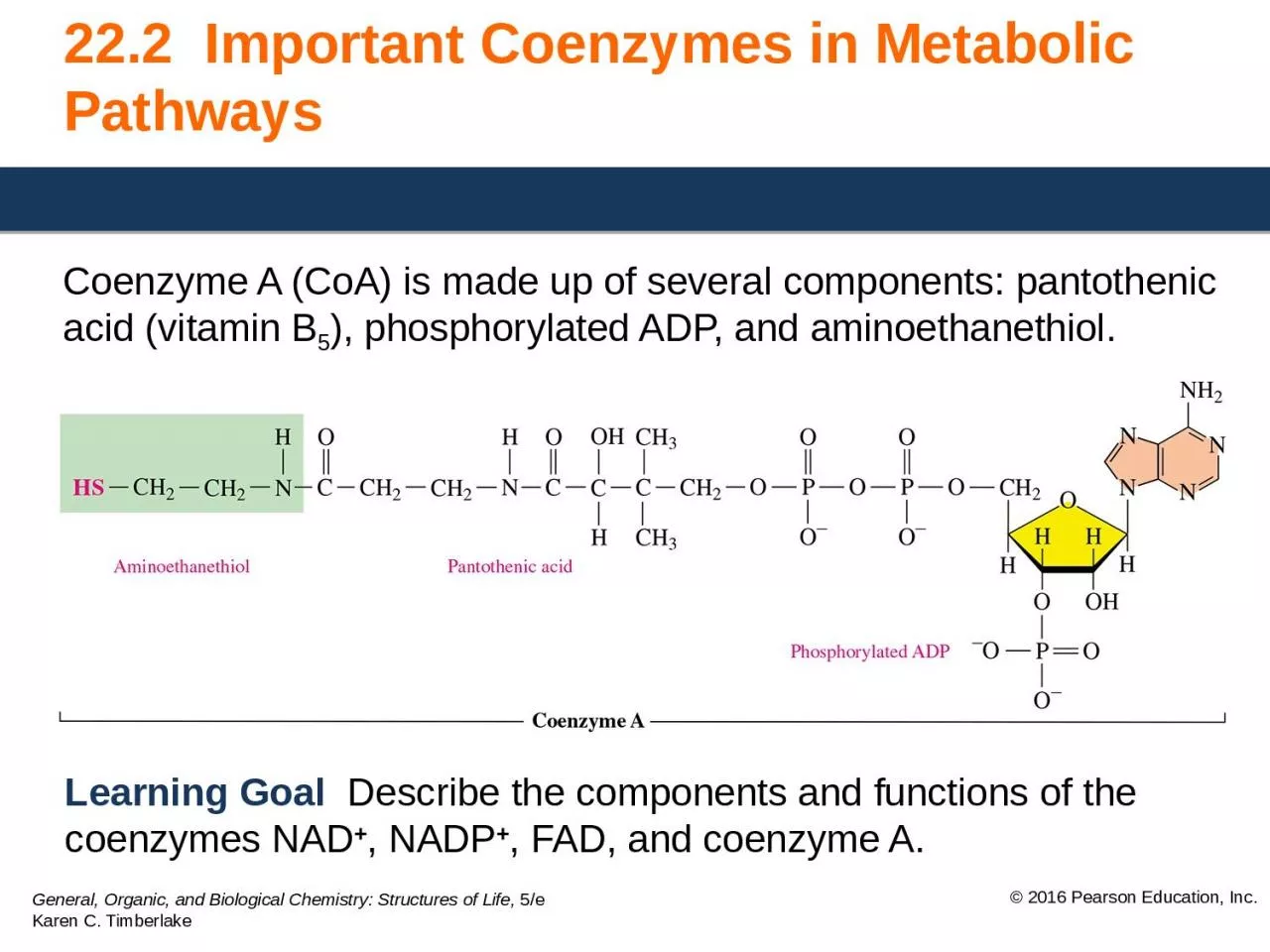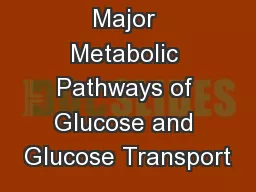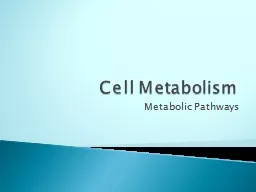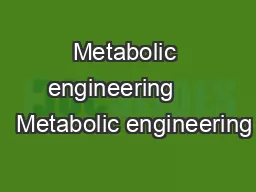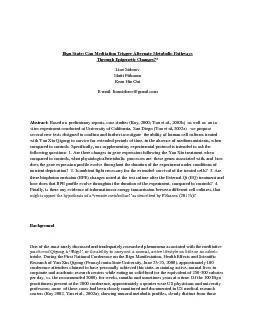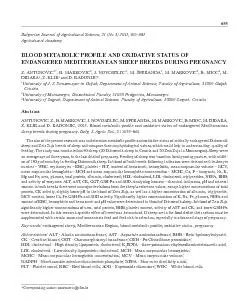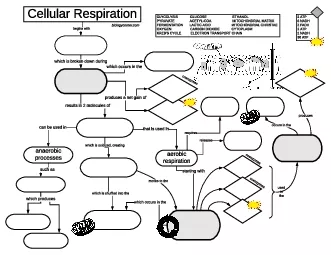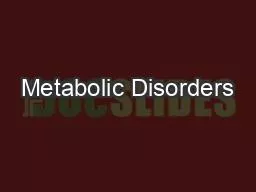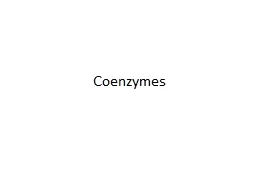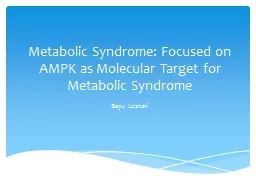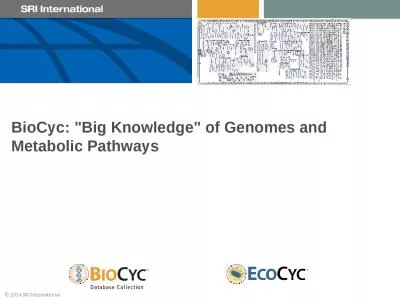PPT-22.2 Important Coenzymes in Metabolic Pathways
Author : reese | Published Date : 2022-06-08
Coenzyme A CoA is made up of several components pantothenic acid vitamin B 5 phosphorylated ADP and aminoethanethiol Learning Goal Describe the components and
Presentation Embed Code
Download Presentation
Download Presentation The PPT/PDF document "22.2 Important Coenzymes in Metabolic P..." is the property of its rightful owner. Permission is granted to download and print the materials on this website for personal, non-commercial use only, and to display it on your personal computer provided you do not modify the materials and that you retain all copyright notices contained in the materials. By downloading content from our website, you accept the terms of this agreement.
22.2 Important Coenzymes in Metabolic Pathways: Transcript
Download Rules Of Document
"22.2 Important Coenzymes in Metabolic Pathways"The content belongs to its owner. You may download and print it for personal use, without modification, and keep all copyright notices. By downloading, you agree to these terms.
Related Documents

